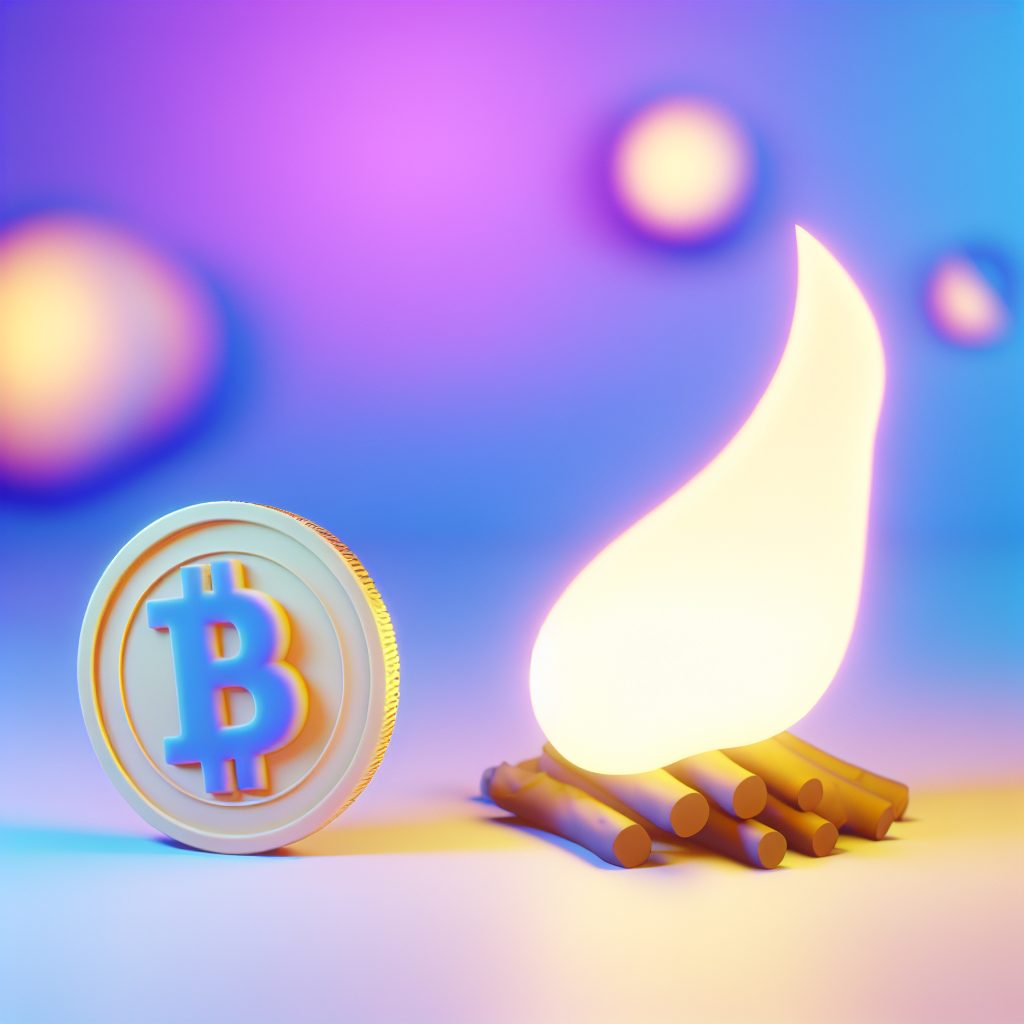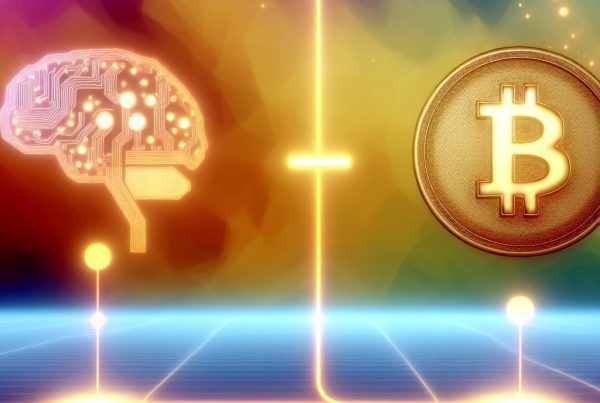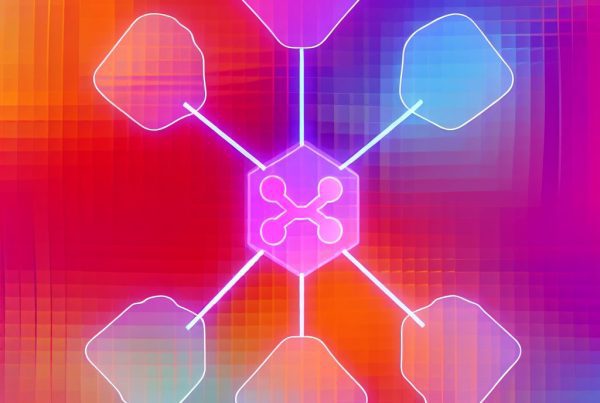What Is Token Burning in Crypto?
In the ever-evolving world of cryptocurrency, various mechanisms are employed to manage supply, enhance value, and maintain market stability. One such mechanism is token burning. This process has gained traction among crypto projects as a strategy to create scarcity and potentially increase the value of remaining tokens. In this article, we will delve into the intricacies of token burning, its significance in the crypto ecosystem, and how it impacts investors and the market at large.
Understanding Token Burning
Token burning refers to the deliberate process of removing a certain number of tokens from circulation, effectively reducing the total supply. This is typically achieved by sending tokens to a wallet address that is inaccessible or unspendable, often referred to as a “burn address.” Once tokens are sent to this address, they are permanently removed from circulation, which can lead to an increase in the value of the remaining tokens due to the principles of supply and demand.
Why Do Projects Burn Tokens?
There are several reasons why cryptocurrency projects choose to implement token burning:
- Scarcity Creation: By reducing the total supply of tokens, projects can create a sense of scarcity, which may drive up demand and, consequently, the price.
- Value Enhancement: Token burning can enhance the value of existing tokens, benefiting holders and potentially attracting new investors.
- Market Confidence: Regular token burns can signal to the market that a project is committed to maintaining its value and is actively managing its supply.
- Incentivizing Holding: By reducing supply, projects can encourage investors to hold onto their tokens rather than sell them, fostering a more stable market.
How Token Burning Works
The mechanics of token burning can vary from one project to another, but the fundamental process remains the same. Here’s a step-by-step breakdown:
- Announcement: The project team announces the intention to burn a specific number of tokens, often detailing the reasons and expected outcomes.
- Execution: The tokens are sent to a burn address, which is a wallet that cannot be accessed or used again. This is usually a public address that anyone can verify.
- Verification: After the burn, the transaction is recorded on the blockchain, allowing anyone to verify that the tokens have been permanently removed from circulation.
- Market Reaction: Following the burn, the market may react positively, leading to increased demand and potentially higher prices for the remaining tokens.
Types of Token Burning
Token burning can take various forms, each serving different purposes within the crypto ecosystem:
- Scheduled Burns: Some projects implement regular, scheduled burns as part of their tokenomics. For example, Binance Coin (BNB) conducts quarterly burns based on trading volume.
- Event-Driven Burns: Certain projects may burn tokens in response to specific events, such as reaching a milestone or achieving a particular goal.
- Voluntary Burns: In some cases, token holders may voluntarily burn their tokens to demonstrate commitment to the project or to participate in governance.
Real-World Applications of Token Burning
Token burning has been successfully implemented in various projects, showcasing its effectiveness in managing supply and enhancing value. Here are a few notable examples:

1. Binance Coin (BNB)
Binance Coin, the native token of the Binance exchange, employs a quarterly token burn mechanism. The exchange uses 20% of its profits to buy back and burn BNB tokens, which has led to a significant reduction in supply over time. This strategy has contributed to the appreciation of BNB’s value, making it one of the top cryptocurrencies by market capitalization.
2. Ethereum (ETH)
With the implementation of EIP-1559 in August 2021, Ethereum introduced a fee-burning mechanism that permanently removes a portion of transaction fees from circulation. This change has made ETH a deflationary asset, as the amount of ETH burned can exceed the amount created through mining, especially during periods of high network activity.
3. Shiba Inu (SHIB)
The Shiba Inu community has actively engaged in token burning as a way to increase the value of SHIB tokens. Various initiatives, including community-led burns and partnerships with other projects, have resulted in billions of SHIB tokens being burned, creating a sense of scarcity and community involvement.
The Impact of Token Burning on Investors
For investors, understanding the implications of token burning is crucial. Here are some key points to consider:
- Potential for Price Appreciation: As the supply of tokens decreases, the potential for price appreciation increases, making token burning an attractive feature for investors.
- Market Sentiment: Regular token burns can positively influence market sentiment, leading to increased interest and investment in the project.
- Long-Term Holding: Token burning encourages a long-term holding strategy, as investors may be more inclined to keep their tokens in anticipation of future price increases.
Challenges and Criticisms of Token Burning
While token burning has its advantages, it is not without challenges and criticisms:
- Market Manipulation: Some critics argue that token burning can be used as a tool for market manipulation, creating artificial scarcity that may not reflect genuine demand.
- Uncertain Outcomes: The impact of token burning on price is not guaranteed. Market dynamics can be unpredictable, and burns may not always lead to the desired outcomes.
- Transparency Issues: If not executed transparently, token burns can lead to distrust among investors. It is essential for projects to provide clear communication and verifiable proof of burns.
Future of Token Burning in Crypto
The future of token burning in the cryptocurrency industry appears promising. As more projects recognize the benefits of reducing supply to enhance value, we can expect to see innovative approaches to token burning. Additionally, as regulatory scrutiny increases, projects may adopt more transparent and accountable burning mechanisms to build trust with their communities.
FAQs About Token Burning
What happens to burned tokens?
Burned tokens are sent to a wallet address that is unspendable, effectively removing them from circulation permanently. This process is recorded on the blockchain for transparency.
Does token burning guarantee price increases?
While token burning can create scarcity and potentially lead to price increases, it does not guarantee them. Market dynamics and investor sentiment play significant roles in price movements.
How can I verify if a token burn has occurred?
Token burns are recorded on the blockchain, allowing anyone to verify the transaction. Most projects provide details about their burns on their official websites or social media channels.
Are all cryptocurrencies using token burning?
No, not all cryptocurrencies utilize token burning. It is a strategy employed by specific projects to manage supply and enhance value, but many cryptocurrencies do not have this mechanism in place.
Conclusion
Token burning is a powerful tool in the cryptocurrency landscape, offering projects a way to manage supply, enhance value, and build investor confidence. As demonstrated by successful implementations in projects like Binance Coin and Ethereum, token burning can lead to positive market reactions and increased demand. However, it is essential for investors to approach token burning with a critical eye, understanding both its potential benefits and inherent risks.
For the latest updates on cryptocurrency news and price tracking, consider visiting Bitrabo. Stay connected with me on social media for more insights: X, Instagram, and Threads.
Disclaimer: This article is for informational purposes only and should not be considered financial advice. Always conduct your own research before making investment decisions.
The Crypto Watchlist of the Week 🔎
Subscribe to receive expert-curated projects with real potential—plus trends, risks, and insights that matter. Get handpicked crypto projects, deep analysis & market updates delivered to you.


